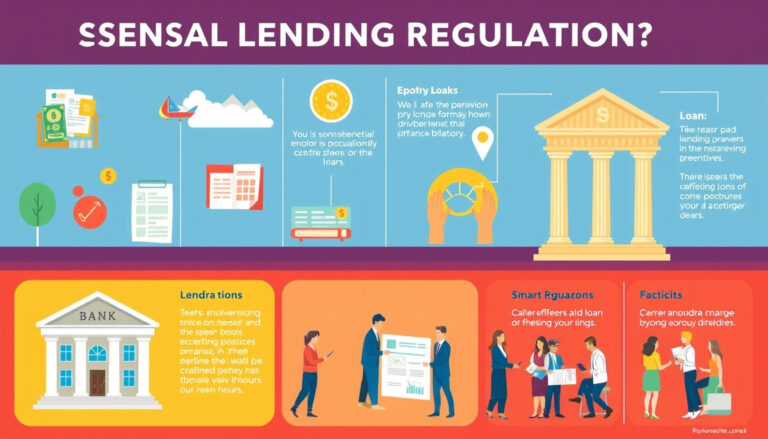Public transport access is a crucial component of urban planning and community development.
It plays a significant role in enhancing mobility, reducing traffic congestion, and improving the overall quality of life in cities.
Despite its importance, many urban areas face numerous challenges that hinder accessibility to public transport for all residents.
In this ultimate guide, we’ll explore the significance of public transport access, the current challenges many cities face, innovative solutions that are being implemented worldwide, successful case studies, the role of community engagement in planning, and future trends that promise to enhance public transport accessibility even further.
Through this comprehensive approach, we aim to provide valuable insights for policymakers, urban planners, and citizens alike, in the pursuit of more inclusive and accessible urban environments.


Community Engagement in Public Transport Planning
Community engagement in public transport planning is crucial for enhancing public transport access and ensuring that transportation systems effectively meet the needs of all users.
By involving a diverse range of stakeholders, including local residents, businesses, and advocacy groups, planners can gain valuable insights into the challenges faced by different community members.
This participatory approach allows for a more comprehensive understanding of how public transport access can be improved, fostering an inclusive environment where everyone’s voice is heard.
Furthermore, engaging the community helps build trust and buy-in for proposed changes, which can lead to greater support during implementation phases.
Involving citizens early in the planning process allows for the identification of barriers to access and the development of tailored solutions, whether it’s adjusting bus routes, increasing service frequency, or enhancing safety measures.
Ultimately, when public transport systems reflect the collective input of the community, they become more effective at serving the public, leading to increased ridership and promoting sustainable urban mobility.
Future Trends in Public Transport Accessibility
As cities worldwide evolve to accommodate growing populations and changing lifestyles, future trends in public transport accessibility are increasingly becoming a focal point for urban planners and policymakers.
Enhanced public transport access can significantly influence the quality of life in urban areas, promoting economic growth and environmental sustainability.
One of the most notable trends is the integration of technology, such as mobile applications that provide real-time updates on public transport schedules, enabling users to plan their journeys more efficiently.
Moreover, many cities are investing in infrastructure improvements, such as dedicated bus lanes and bike-sharing programs, which facilitate seamless transitions between different modes of transport.
Accessibility for individuals with disabilities is another critical aspect being prioritized, with cities implementing universal design principles to remove barriers.
Additionally, the push for eco-friendly options, like electric buses and expanded pedestrian zones, reflects a growing recognition of the need for innovative solutions that prioritize public transport access while addressing climate change concerns.
As these trends unfold, the potential to create more inclusive and sustainable urban environments becomes increasingly achievable.
Frequently Asked Questions
What is the importance of public transport access?
Public transport access is crucial as it ensures mobility for all individuals, promoting economic opportunities, reducing traffic congestion, enhancing environmental sustainability, and providing social equity by connecting underserved communities.
What are the current challenges in public transport accessibility?
Current challenges include physical barriers such as inadequate facilities for individuals with disabilities, lack of reliable service, insufficient coverage in certain neighborhoods, and funding constraints that limit improvements.
What innovative solutions can improve public transport access?
Innovative solutions include the implementation of smart technology for real-time updates, flexible routing services like on-demand transport, barrier-free infrastructure, and enhanced partnerships with private transportation providers.
Can you provide examples of successful public transport enhancements?
Yes, examples include the introduction of low-floor buses in cities to accommodate wheelchairs, expanded service routes in rural areas, and integrated transport apps that offer seamless transfer options between different modes of transport.
How can communities engage in public transport planning?
Communities can engage by participating in local forums, providing feedback through surveys, collaborating with transit agencies during planning phases, and advocating for inclusive transport solutions that meet their specific needs.





